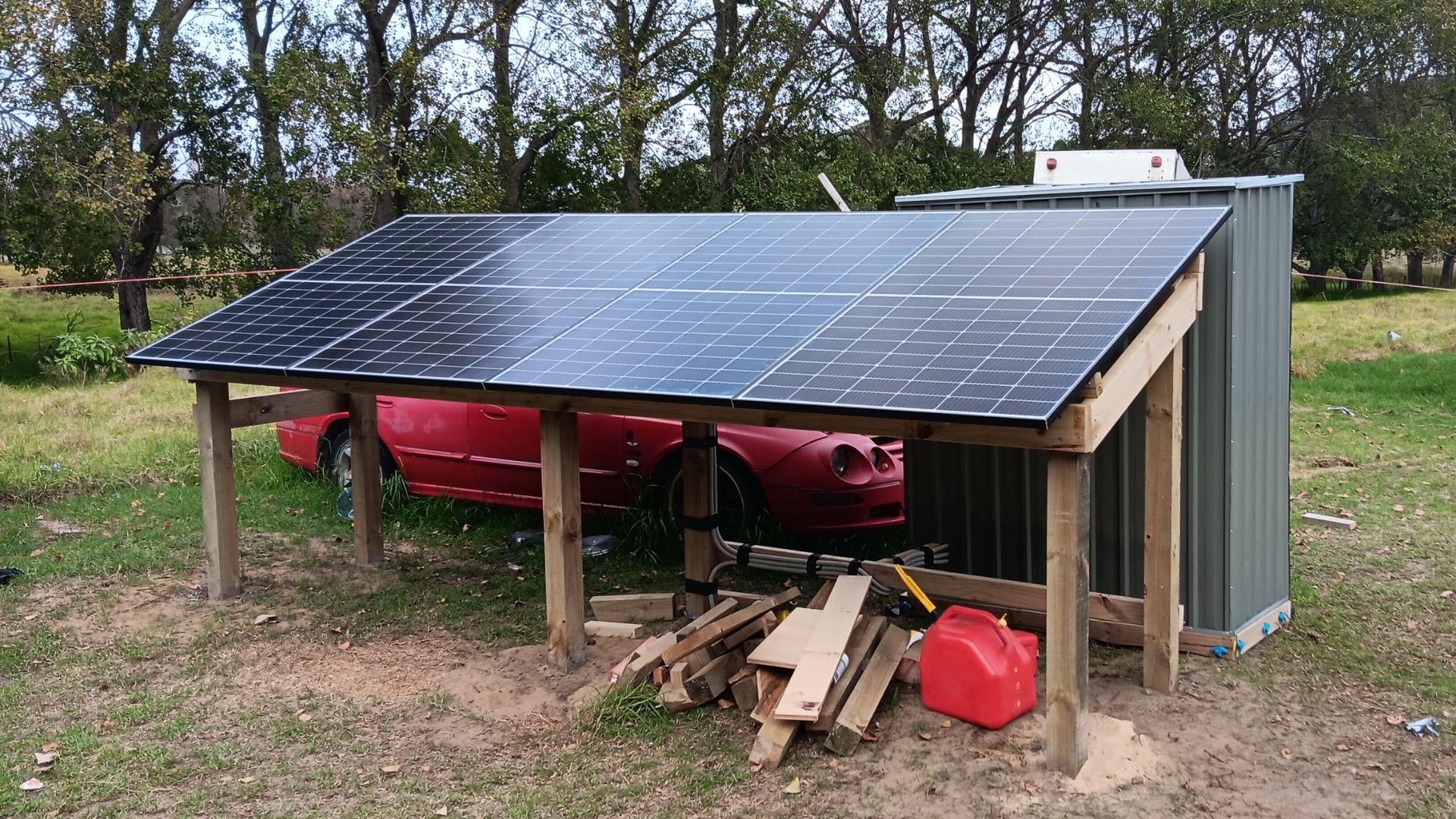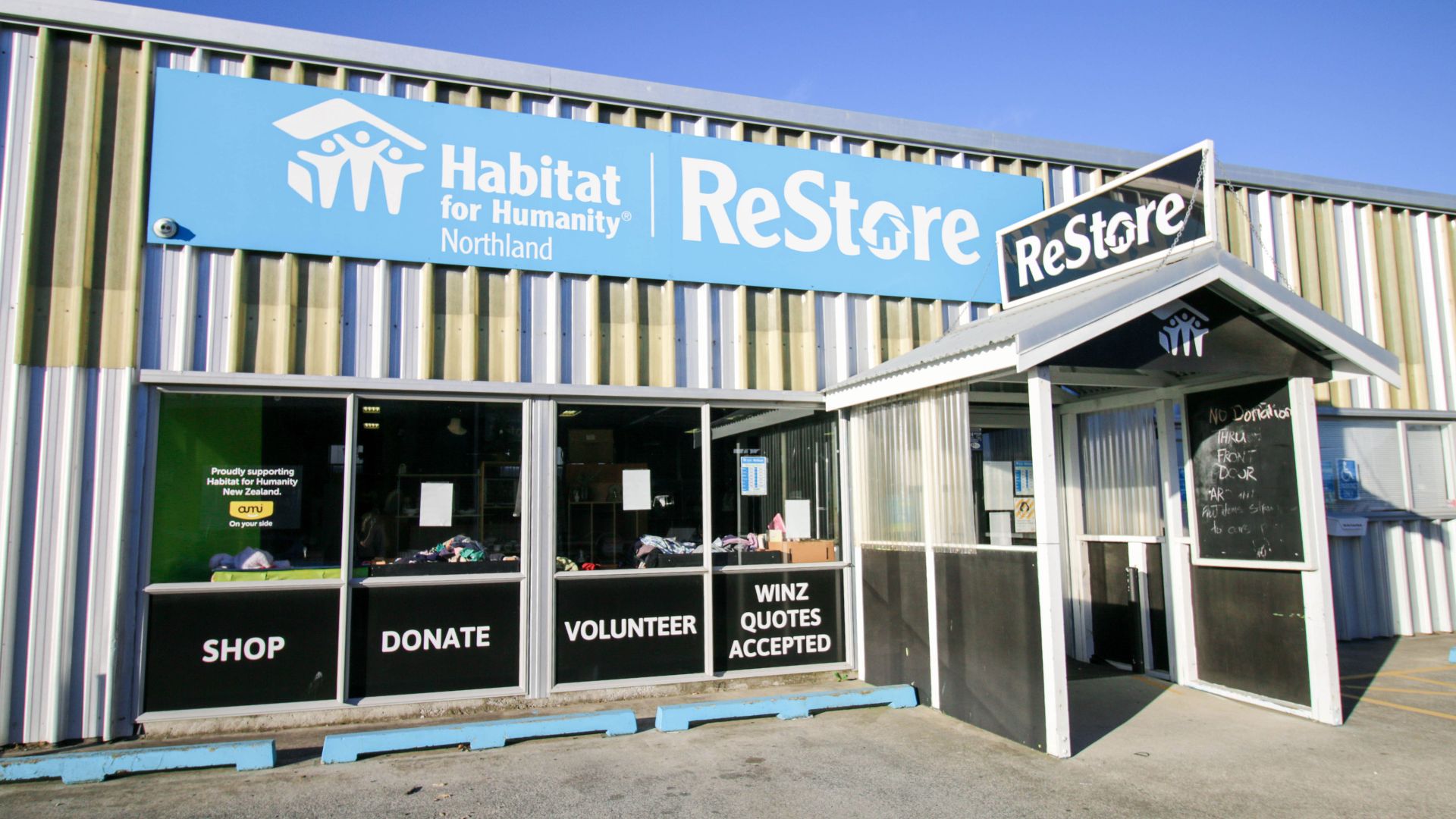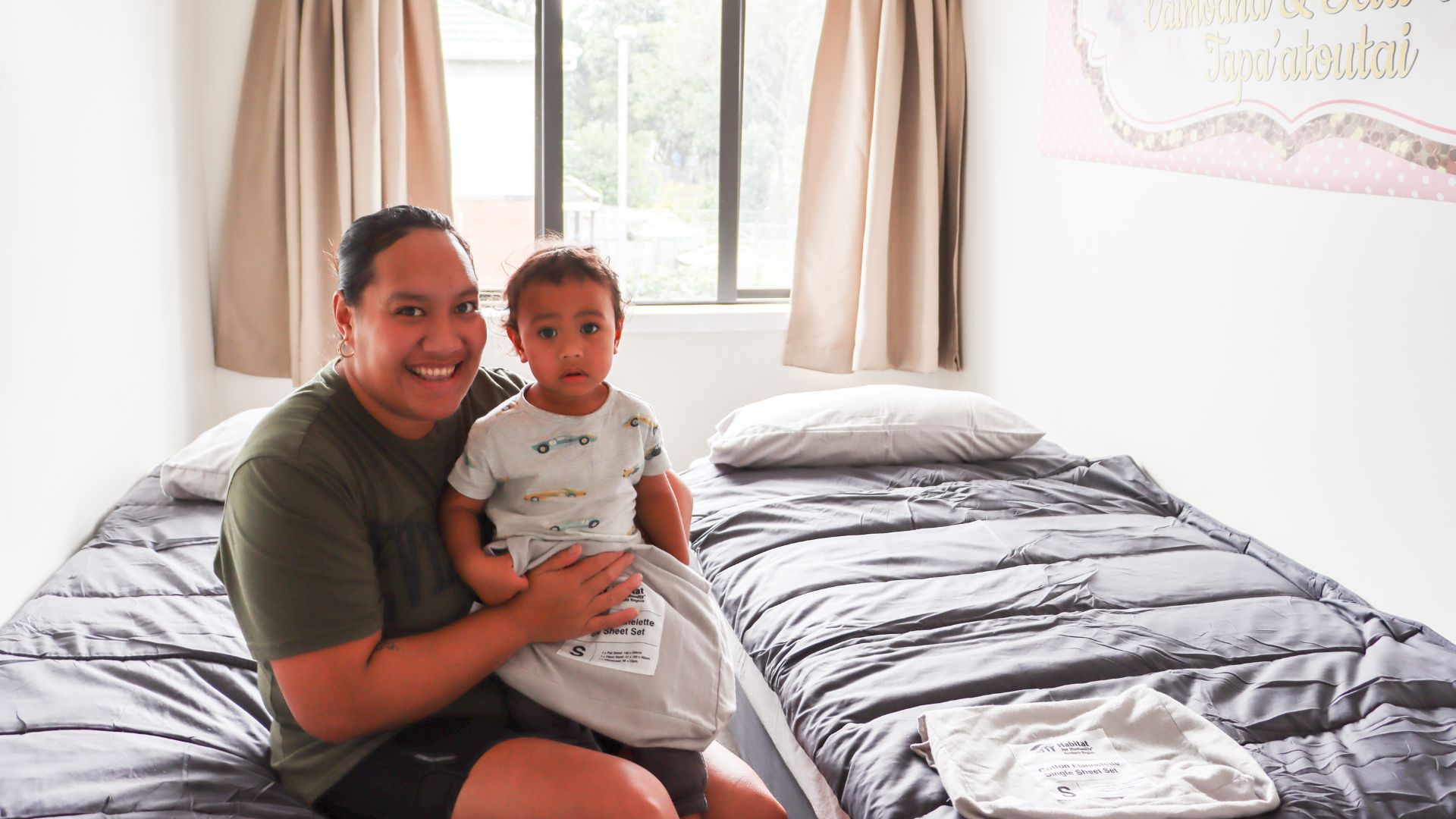The Universal Declaration of Human Rights affirms access to adequate housing as a vital part of human rights. The Six Dimensions of Housing Adequacy is used by Statistics New Zealand, and Habitat for Humanity CNI to describe and identify what we mean by a “decent” place to live. The six dimensions are: affordability, suitability, habitability, free from crowding, free from discrimination, security of tenure.
When is a house affordable?
Housing affordability, as defined by Statistics New Zealand, relates to:
- the ability of households to rent or purchase housing in a locality of choice at a reasonable price
- the capacity of households to meet ongoing housing costs, and
- the degree that discretionary income is available to achieve an acceptable standard of living.
Affordable housing should leave enough residual income to cover other basic living costs, as well as allowing households to save for irregular but unavoidable costs such as medical and dental care.
Pressures on housing supply have driven house costs upwards for the last decade with some of the factors identified by the Ministry of Business, Innovation and Employment as being the supply of land, the role of regulation, the provision of infrastructure, the cost of building materials, and skills and innovation in the construction sector.
Some generally accepted ratios for housing affordability are 30 per cent of gross household income being spent on housing costs, and house prices being indexed to median income with five times being a threshold of affordability.
In both cases, New Zealand features near to top of housing unaffordability – internationally. To put this into context, to support an affordable house purchase in Hamilton you would need a household income of $105,000.
With the median household income in Hamilton currently being $82,000, and a two-adult household working 80 hours per week between them on minimum wage pulling in only $65,000, we are a long way off this target.
Likewise, the buoyant rental market has seen weekly rentals increase as investors pay more to purchase properties and pass these costs on to tenants. According to data released by Trademe for Waikato the median weekly rent is $380 per week, up nearly 8.5 per cent on last year. The good news is this has stabilised somewhat, but tenants are still paying $2,000 more than last year.
This being the case we are often asked what can we do about it. There is some evidence that market forces will respond to the supply and demand equation and we are seeing a slight cooling of the market now the reserve bank has put limits on investors. This has levelled the playing field a little for first home buyers.
We would argue however that we need to go further and that building of smaller, lower cost houses is essential, as is the release of more build-ready land with less bureaucracy.
In many of the Central North Island’s main centres, Special Housing Areas are being considered to encourage and enforce such development. These areas would encourage developers to build lower cost housing into their wider developments in return for reduced compliance costs and less restrictive planning rules.
At Habitat for Humanity CNI, we believe everybody should have the ability to “do well” and have the opportunity to “do some good” along the way, and of course that “everybody has a decent place to live”.
______
Media contact:
Nic Greene, General Manager Habitat for Humanity Central North Island
[email protected]
07 849 0284


